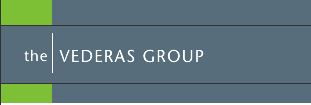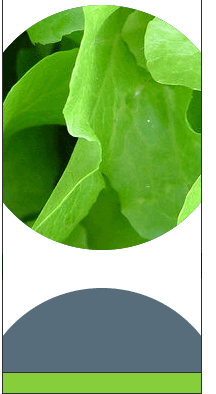




Basic Organic ChemistryExamsSAMPLE MIDTERM - February 15, 2000 - Dr. John C. VederasOrganic Chemistry : Chemistry 161 - Dr. John C. Vederas — — (Answers in RED) I. Structure and Nomenclature - 56 Points - A. Draw structures for which names are given, or name the given structures by any correct (systematic or common) nomenclature. Be sure to give cis or trans (or if appropriate Z or E) or R or S assignment to the isomer where indicated by asterisks (***). (4 points each)
B. Determine whether the following pairs of structures are identical (i.e. different pictures of the same molecule), structural isomers, or stereoisomers (4 points each).
C. Conformation (4 points each)
II. Quantitative Analysis and Definitions - 35 Points A. Define briefly (15 words or less) each of the following concepts
-
B. Extracts of the coffee plant, Coffea arabica, were first introduced into Arabia from Ethiopia about 900 AD to keep both Christians and Moslems awake during long religious services. An average cup of coffee contains 100 milligrams (mg) of caffeine, a stimulant which is also medicinally useful against overdoses of barbiturates or alcohol. Caffeine contains only C, H, N and O. Quantitative analysis gave: C, 49.48%, H, 5.19%, N, 28.85%.
2. If the molecular weight is 194, what is the molecular formula ? (2 points)
3. Suppose you completely burned 194 mg of caffeine to CO2, H2O and nitrogen oxides. Show how to calculate the volume of CO2 produced at standard pressure and temperature (STP) (4 points)
4. Show how to calculate the volume of the CO2 in part 3 would occupy if the temperature were raised to 100 C, but the pressure was kept constant.

III. Atomic and Molecular Structure - 22 Points A. Acetylcholine is an important neurotransmitter (chemical messenger between nerve cells) in the body. Interference with its formation or cleavage is the primary means by which many nerve gases act. Its structure is shown below:
2. Label the hybridization and approximate bond angles in acetylcholine which are indicated by arrows: (4 points)
B. Examine the structure of camphor shown below
IV. Physical Properties and Reactions - 37 Points A. Circle those compounds shown below which have a permanent
dipole moment. (5 points) B. Draw an energy diagram depicting all of the atomic orbitals of fluoride anion and indicate the number of electrons in each (5 points)
C. The compound shown below reacts with bromine ( 1 equivalent) in the presence of light to produce an inorganic and an organic product.
D. Explain the Hammond Postulate in less than 20 words by drawing
and comparing the energy diagrams for an exothermic reaction
and for an endothermic reaction. Be sure to label axes in both
directions. Also show for each diagram the activation energy
(Ea), the delta G, and the transition state (TS) positions. (10
points) EXTRA CREDIT (3 Points): Name one person who won this year's Nobel Prize in Chemistry Sample Exams From Professor E. Blackburn's Sections
|
| intro organic | intro organic labs | library | registrar | student's union |































